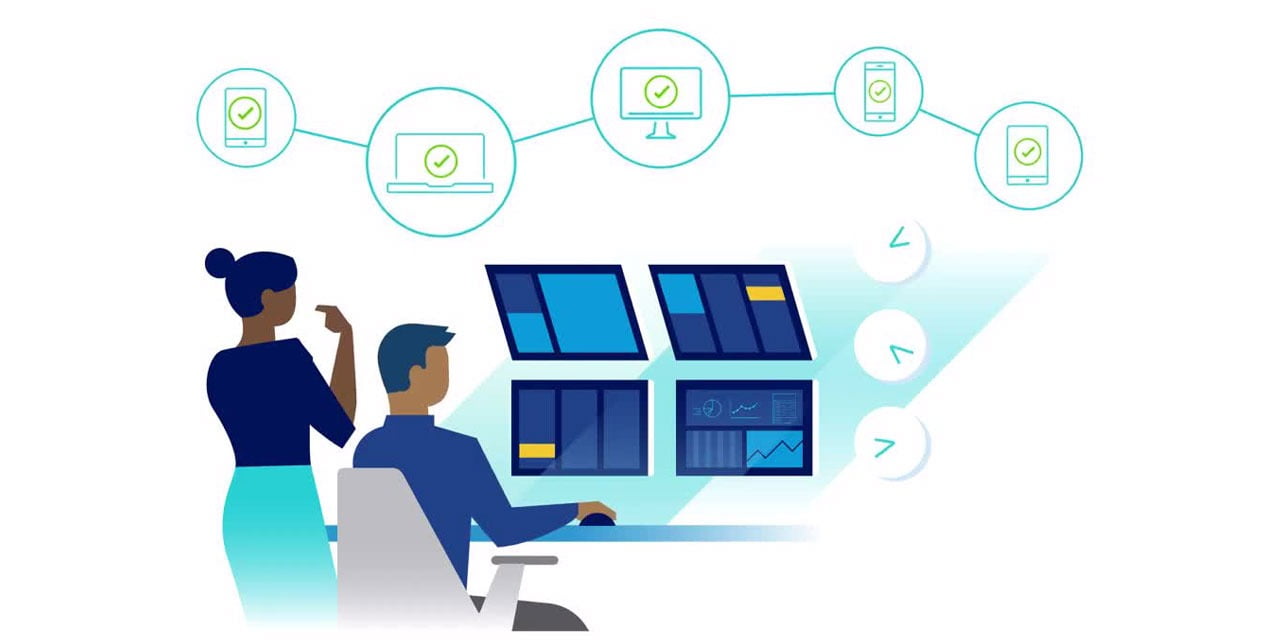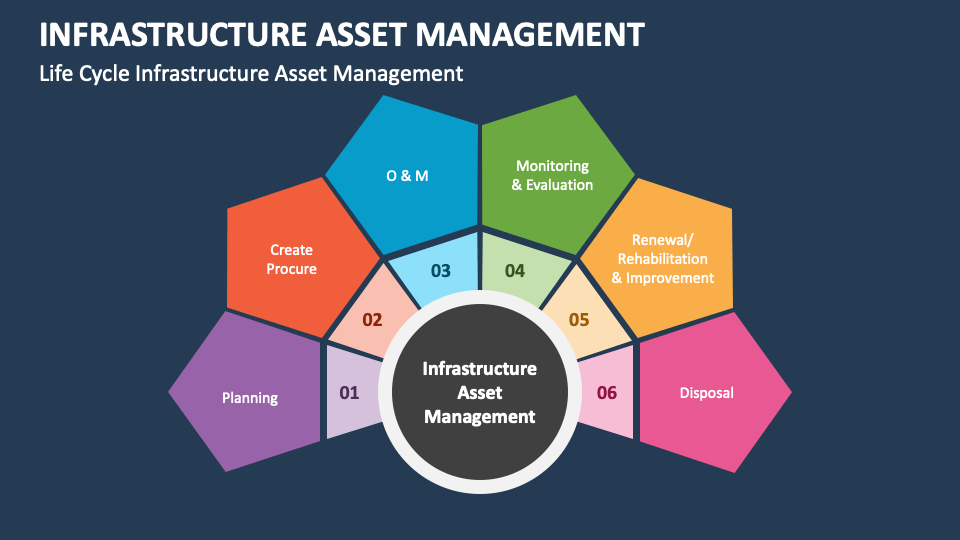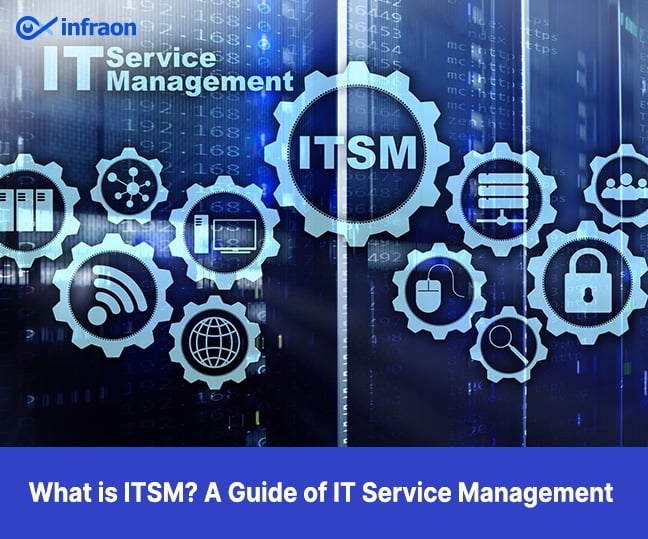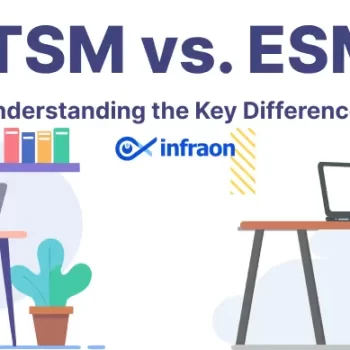In this digital-everything age, companies must focus on providing a seamless digital employee experience (DEX) to keep their employees engaged and motivated. But first, how many times has it occurred to you recently that DEX is an essential part of IT service management (ITSM)? The fact is that many tend to neglect digital tools used by employees post-deployment. As far as they are concerned, these users have all the tools to succeed in today’s digital world.
Related article: 6 Things about Digital Employee Experience (DEX) that all leaders must know
So, the ball’s completely in their court, right?
Well, not really.
There are several challenges along the way that may be showstoppers for IT teams and the users that they support. It includes the lack of micro/macro insights, non-collaborative reactive tools, heavy training requirements, and basically – poor experiences.
69% of service desk executives receive additional
training for 10 to 40 hours every year.
However, DEX and ITSM are like two peas in a pod.
They are closely interconnected as both focus on enhancing the quality of interactions between employees and the technology that they use. ITSM is responsible for managing IT services and infrastructure, ensuring that they are available, reliable, and secure, while DEX aims to provide employees with a positive and seamless digital experience.
Here are some ways in which DEX can play a crucial role in ITSM.
Increasing Role of Digital Employee Experience in IT Service Management
Gone are the days when the ITSM function’s sole focus was on managing the IT infrastructure and services. Nowadays, it’s equally important to manage digital employee experiences. Especially with remote work becoming the norm, it’s crucial to ensure this.
1. Improved IT service delivery
A proactive DEX approach can help improve IT service delivery. When employees have a good experience while using digital tools, they are more likely to trust and use these services. This can help improve the adoption of IT services within the organization, leading to better IT service delivery.
2. Reduced support tickets
It has already been proven that effective DEX can reduce the number of support tickets raised by employees. Digitally satisfied employees are less likely to face issues that require support. This can help reduce the workload of the IT support team, allowing them to focus on more critical tasks.
3. Improved employee productivity
A sound DEX strategy can significantly improve employee productivity. Employees can easily access the tools and services they need to do their work without any unnecessary delays or issues. Additionally, it empowers them to seamlessly collaborate and communicate – leading to increased overall productivity.
4. Better employee engagement
DEX can significantly improve employee engagement and motivation. Look at it this way: Employees who have a good experience while using digital tools and services are more likely to feel motivated and engaged in their work. However, on the other hand, a poor DEX can lead to frustration and demotivation among employees.

How to align Digital Employee Experience (DEX) with ITSM
Ensure user-centric design
DEX should be designed with the end-user in mind. Hence, it’s crucial to understand the needs and preferences of employees while designing digital tools and services. For instance, do they have a drag-and-drop workflow automation tool with self-service options? Can they enable single-click resolution of tickets? Remember that a digital tool is only as good as how easily your user can use it!
Bring in collaborative functionalities
The ITSM journey involves DevOps, IT/business teams, and vendors. So, the need to collaborate is an all-encompassing part of the process. They enable IT teams to work together efficiently and effectively – providing the right tools for communication, knowledge sharing, and collaborative workflows. That way, IT teams can streamline processes, reduce duplication of effort, and improve service delivery. This also supports problem-solving and decision-making by enabling teams to leverage collective expertise – thereby increasing DEX effectiveness.
Be equipped with data insights
Data insights are crucial for ITSM as they provide valuable analytics that can help organizations improve their IT operations, optimize their resources, and support business decision making. By leveraging data insights, IT teams can identify and address issues proactively, enhance service delivery, measure and improve IT service performance, and help raise the level of DEX within the organization.
Across 255 million annual contacts, 10% are intercepted by analytics,
15% – through user self-service, and 14% – by various forms of automation
Drive seamless integration
It is crucial for ITSM functionalities to seamlessly integrate with other digital tools and services across the organization. This can help ensure that employees can easily access and use what they need to do their work in the digital world. It is also important for ITSM tools to rapidly connect with external APIs so that out-of-the-box functionalities can be harnessed to improve the overall IT ecosystem.
Go omnichannel
The need for omnichannel ITSM is increasing as users expect connected and consistent experiences across multiple channels. With the proliferation of digital channels, organizations need to provide a unified experience across all touchpoints to ensure user satisfaction. Omnichannel ITSM provides digtal fuel to IT support as it offers cross-device IT interactions via web portals, chatbots, email, phone, etc. This enables users to choose the channel that best suits their needs and preferences on a 24×7 basis.
Offering live web/mobile chat reduces the
cost per ticket from $35 to $16.80—a reduction of over 50%
Deliver continuous improvement
DEX can be continuously improved based on feedback from employees. It’s crucial to regularly gather feedback from employees to understand their experience while using digital tools and services. This can help identify areas for improvement and make the ITSM ecosystem more experiential for employees.
Related article: How to choose the right Incident
In conclusion
There’s no denying that DEX plays a crucial role in IT service management, as it focuses on enhancing the quality of interactions between employees and the technology they use. In the one corner, ITSM is responsible for managing IT services and infrastructure, ensuring that they are available, reliable, and secure. In the other corner, DEX aims to provide employees with a positive and seamless digital experience by optimizing technology services and improving user satisfaction. By leveraging DEX principles in ITSM, organizations can go a long way to increase employee engagement and satisfaction across the board.



















